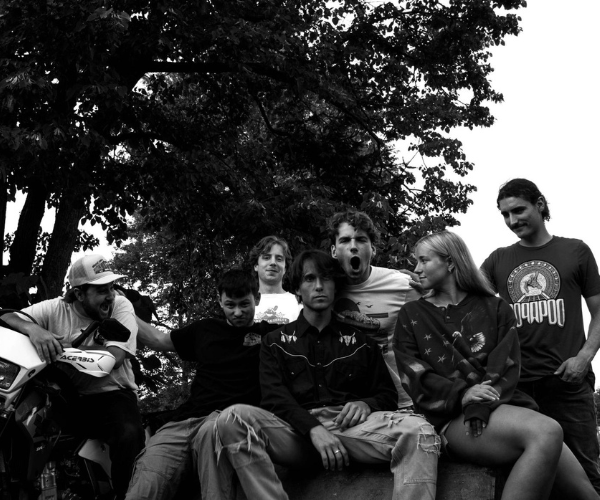In the first gallery of The Cleveland Museum of Art’s latest exhibit, you can’t help but wonder what the first two pieces have in common. C.R. Ashbee’s gently curving mahogany writing cabinet has metal keyholes and handles adorned with romantic flower and leaf patterns. Next to it, a starkly rectangular, light blue dressing table with simple metal drawer handles seems plain, even institutional. The juxtaposition knocks the viewers off balance, and — as if on cue — their preconception of “arts-and-crafts style” begins to unravel.
Above all else, The Arts and Crafts Movement in Europe and America: Design for the Modern World challenges us to unlearn one thing: Arts and crafts is not a single style, but a philosophy that spawned many different styles.
After this effective introduction, the viewers return to Britain, where arts-and-crafts philosophy was born in the late 1800s as a reaction to industrialization. “Joy in labor” was what William Morris wanted to revive when he founded the Arts and Crafts Exhibition Society in London in 1887. Morris advocated a return to craftsmanship: He wanted people working together in workshops to design objects that would be both beautiful and useful. At the same time, Morris wanted art to be available to the masses, which made mechanical production an economic necessity. This conflict of ideals explains why many of the exhibit’s pieces were produced with the aid of machines and why designers such as Josef Hoffmann, who may have created the rectangular dressing table mentioned above, developed the strict, geometric style that easily lent itself to mass production.
Visitors also learn how other European countries and America interpreted arts-and-crafts philosophy. And there, another movement catchphrase emerges: “fidelity to place.” Morris wanted to return to a simpler time in which good domestic design did not come from classical tradition but from necessity — a time when unschooled craftsmen whittled wood into forms based on folk traditions.
Finally, Morris and his contemporaries strove to achieve “unity in design” by creating domestic experiences where individuals would be surrounded by beautiful things, where art and daily life would converge. The exhibit illustrates this idea with a fully recreated room that Peter Behrens designed for Berlin’s Wertheim Department Store. In Behrens’ design, a geometric pattern is repeated throughout the decor: on the carpet, the sideboard, the lighting, even on the wallpaper. This geometry allowed the objects to be mass-produced, which made them available to middle-class consumers.
The American interpretations of arts and crafts — including Frank Lloyd Wright’s prairie style — are supposed to be the show’s grand finale but fall a bit short in how they are presented. For instance, a Wright stained glass window installed inside a wall separating two furniture displays makes sense because it simulates a window in a home, but it also makes the window hard to see. And at the show’s end, a Wright weed vase sits on the top right-hand side of a fireplace designed by George Washington Maher. Doesn’t a piece by the father of modern architecture deserve its own pedestal? It appears the curators ran out of room and decided to plop one piece on top of another. This presentation doesn’t enable Wright’s piece to attract the attention it deserves. Also, the lumping together of two designers’ work violates the unity-of-design principle that was so important to Wright.
It’s easy to be bowled over by this exhibit’s great quantity and quality — it does include more than 300 works. While getting an educational point across, this show also reminds us that our world still grapples with some of the same issues it did a hundred years ago, only magnified. Morris had a love-hate relationship with the machines that fueled the industrial revolution; we have love-hate relationships with computers and cell phones. We long for the days when “the simple life” didn’t evoke the road trips of Paris Hilton and Nicole Richie. Just as the craftspeople of Morris’ time created their own utopian realities, we are urged to examine our own values and develop our own interpretations of arts and crafts. How can we surround ourselves with beauty and meaning? Is it important that objects be handmade? Or are Michael Graves’ mass-produced designs for Target more democratic?
In the end, curator Stephen Harrison hopes that the art history lesson won’t keep visitors from enjoying the works for their aesthetic value. “While it has a great educational premise, [the show] is also quite beautiful,” Harrison says. “I would want our visitors to come away having seen very important examples of design but also ones that are dazzling to the eye as well.” Styles range from sleek and modern to folksy. And it’s perfectly acceptable to turn to your companion and say, “Wouldn’t this look great in my house?”
The exhibit runs through Jan. 8 at CMA. For more information, call (216) 421-7350 or visit www.clevelandart.org.



